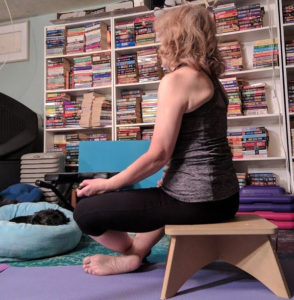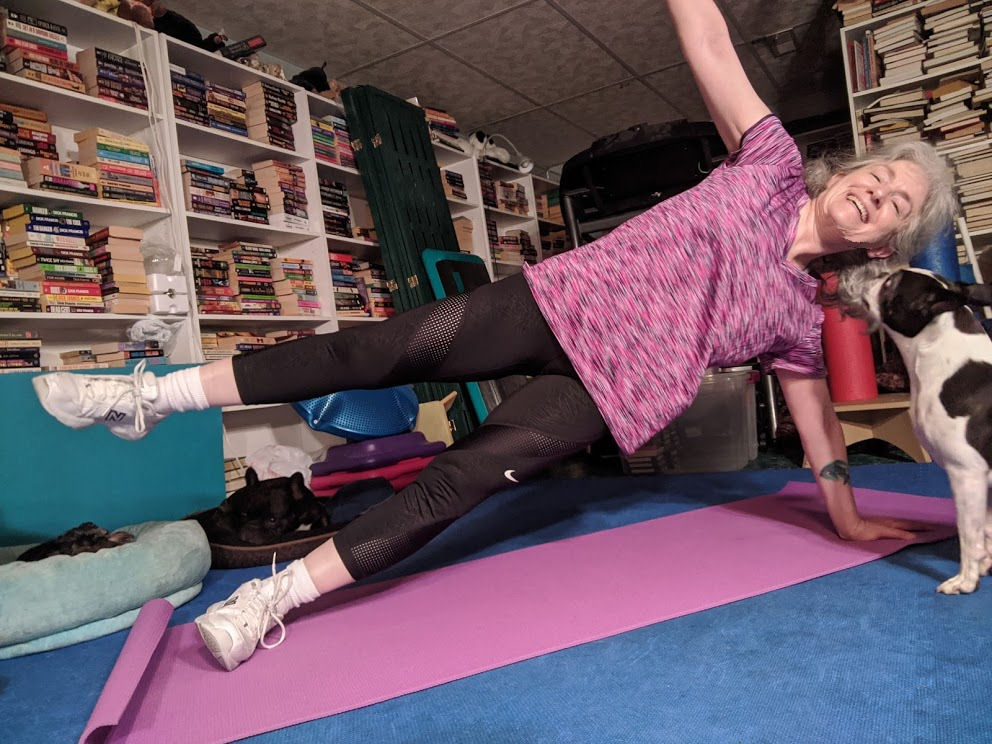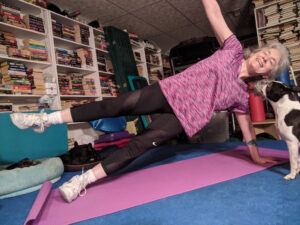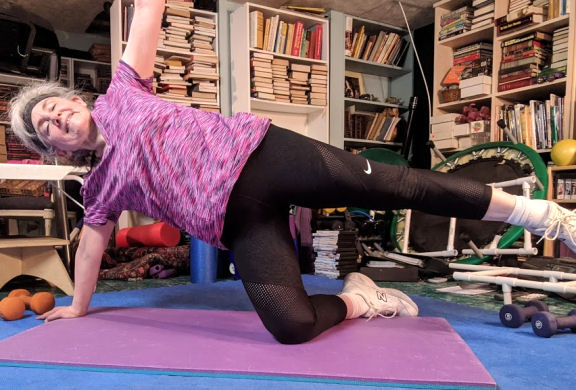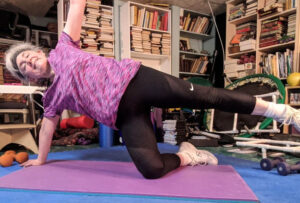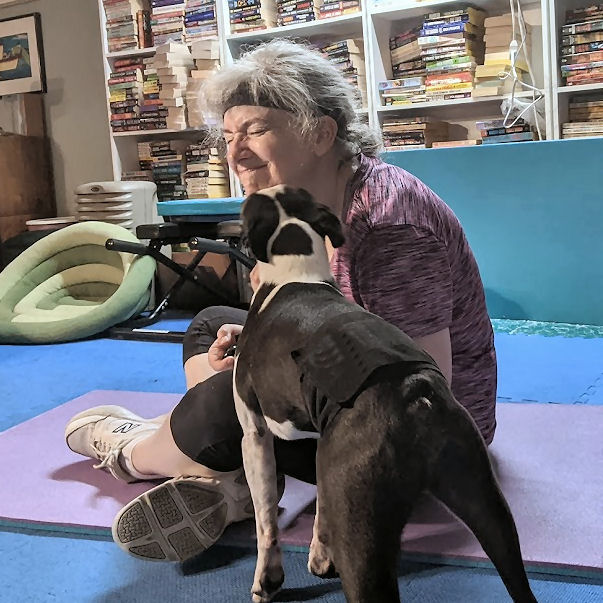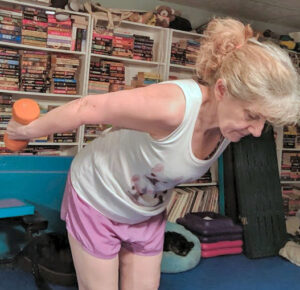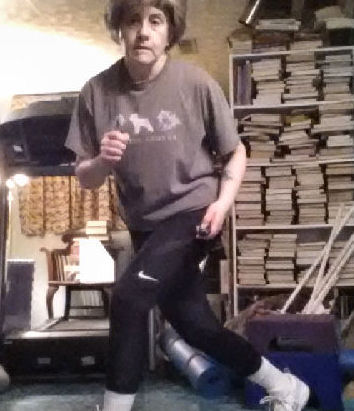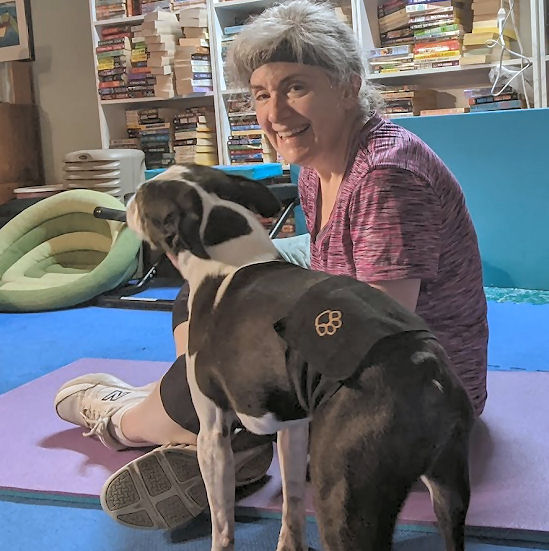No procrastination, for a change!
I’m writing this article on Tuesday, and (hopefully) it will be posted on Friday. Wait – what happened to procrastination? Doesn’t everyone write to deadline? Well, I don’t usually like to work that way, and especially this week. There’s supposed to be a line of severe thunderstorms passing through my area tonight. When we get those narrow lines of storms, there’s a good chance of damage. A few years ago when one of those straight line storms passed through we were without power for days. So, in case the worst comes to pass, I’ll be like a scout and “be prepared.”
Be like a scout and be prepared
Robert Baden-Powell, the founder of the Boy Scouts about a hundred years ago, said “that all Scouts should prepare themselves to become productive citizens and to give happiness to other people. He wanted each Scout to be ready in mind and body for any struggles, and to meet with a strong heart whatever challenges might lie ahead.” To be prepared for life and live happily and without regret, knowing that you have done your best. That’s what the Scout motto means.
I can’t do anything about the storms. But I can be proactive and try to think of things I can do ahead of time to get ready in case, for example, the power goes out. Like, write this article. I’ll make sure my phone is charged and have a paperback book ready to be read. We always make sure that there’s plenty of food and water available.
Meditation for calming
I’ll probably do a guided meditation this afternoon to try and calm my nerves. Storms make me anxious, because of all the “what ifs.” And while I try to be as prepared as possible, I know that there’s probably something that I will miss.
What can you do to get ready?
You know that life throws a bunch of crap at you every single day. Some storms are worse than others. How can we stay strong and resilient, and be like a scout and stay ready for those disruptive storms?
The steps to prepare
First, know yourself. If you’re generally a nervous person like I am, then take some extra time every day to center yourself. Know that you’re strong, you’re reliable, your family and friends are there for you.
Then try to think of the projects you’ve got going. What could happen if they were disrupted? If there’s something you can do with those projects to prepare, do it. Or if your action could take multiple days, plan out your strategy.
My to-do lists are on paper. They’re always with me and staring me in the face, unlike the black screen when my phone’s not on.
So, when storms approach, be like a scout and be prepared.


